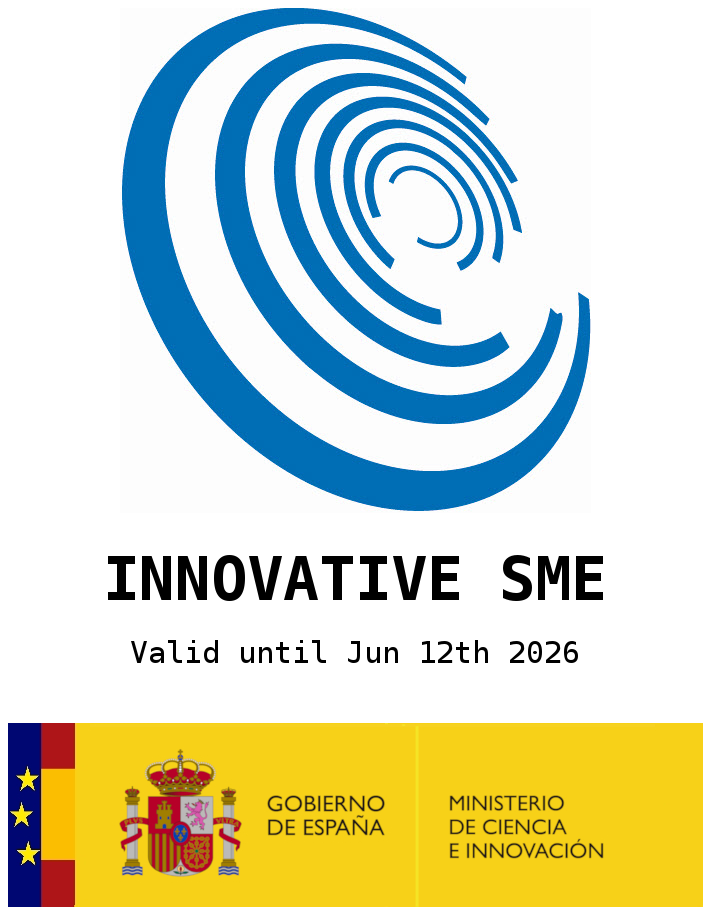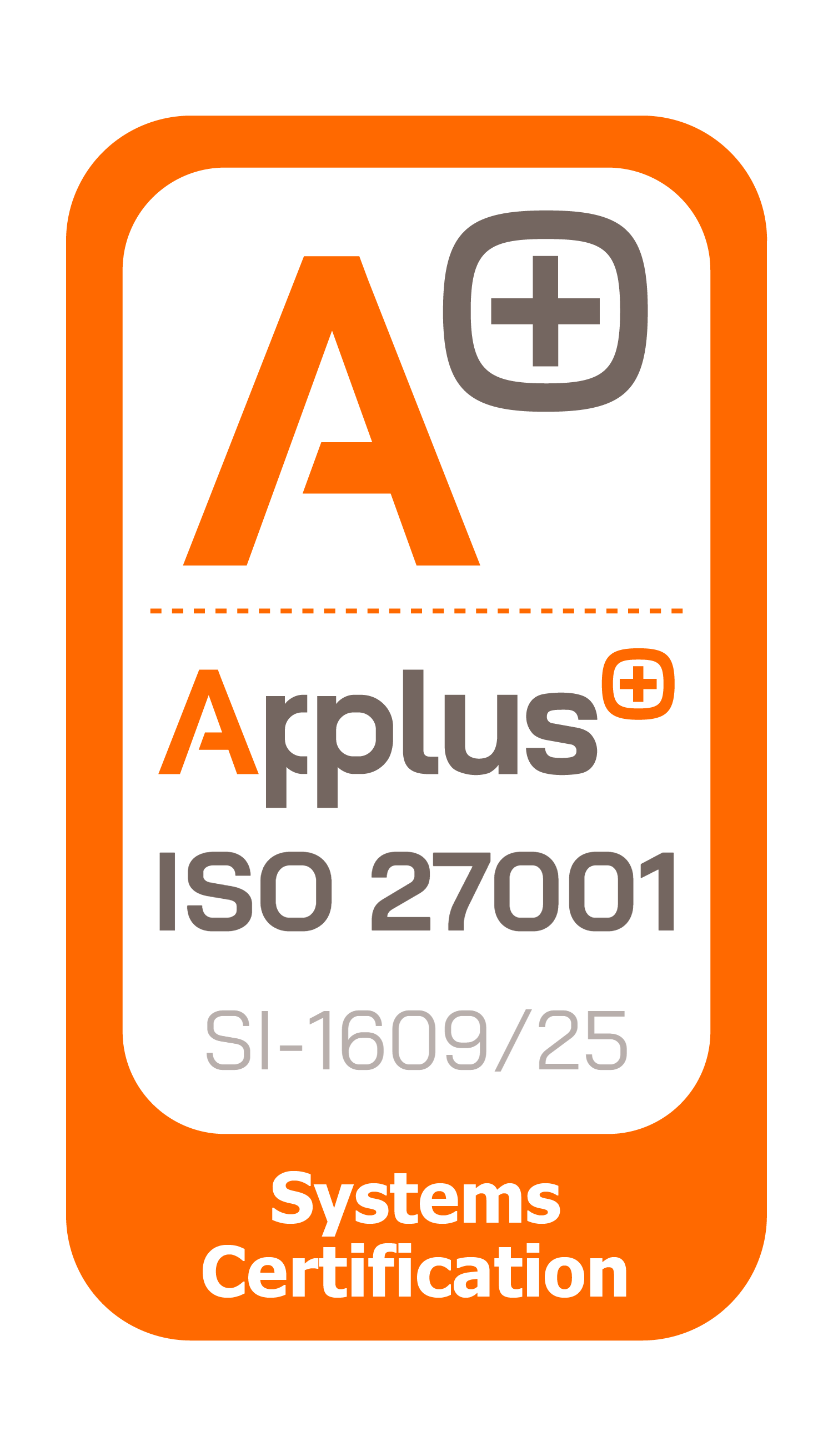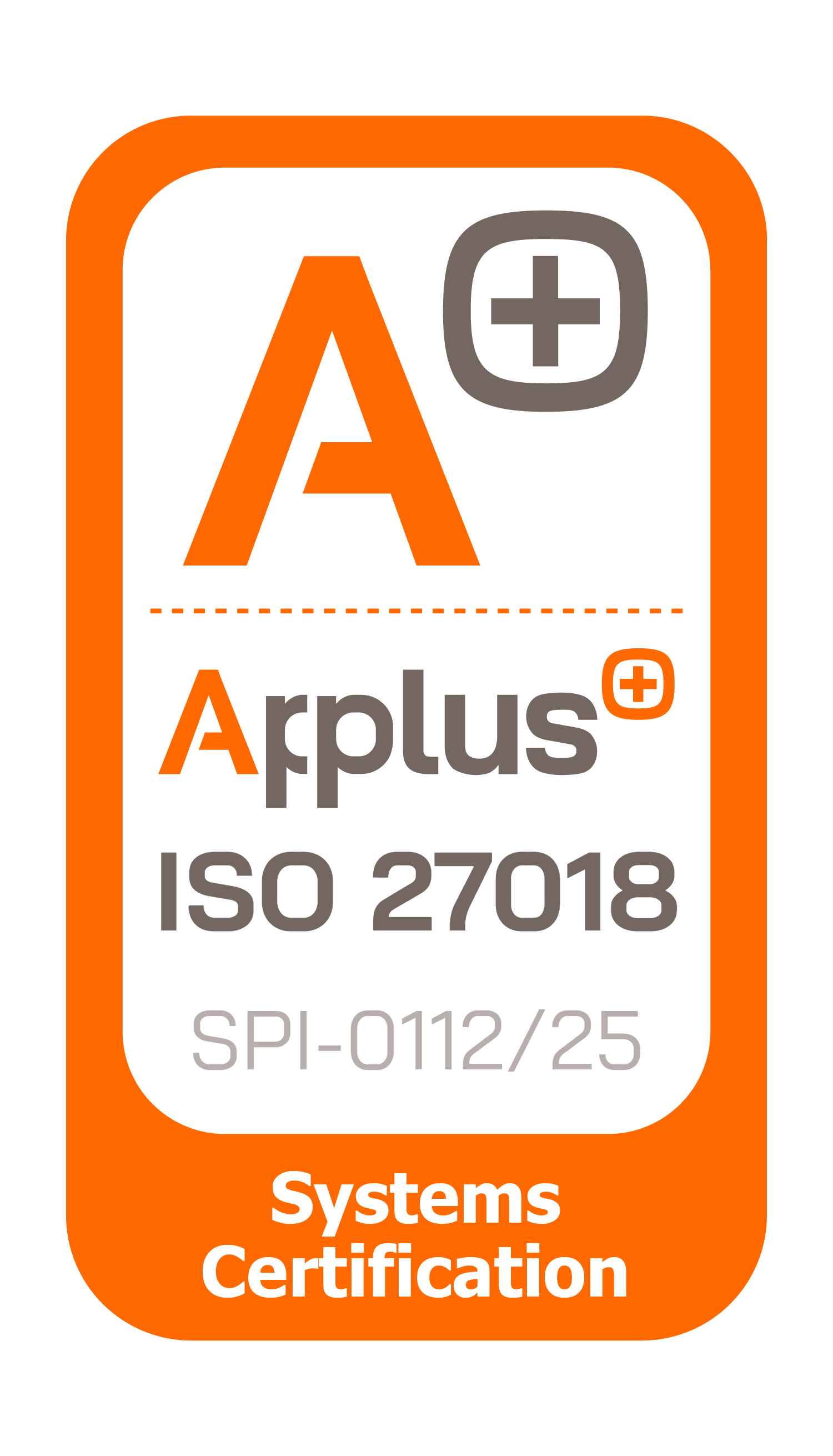It is a fact that process automation tools are widely established in companies' customer service operations. There is a multitude of tools that offer great capabilities for building workflows that streamline operations and ensure consistency in handling customer inquiries. However, the use of workflows involves certain limitations that can make scalability and adaptability unmanageable in the long run.
Imagine a client reaching the Customer Service line because he wants to know how to update his product software as well as how the new billing will look like after the update. In this situation, we could infer two complicated circumstances when using a workflow configuration:
- Firstly, in order to know the steps to be taken by the customer, we must know which product he wants to update and build different resolution paths based on this value. These bifurcations in the process multiply the configuration effort as well as limit the efficiency when dealing with situations that were not contemplated.
- On the other hand, the customer is articulating two needs - update support and invoice information. The traditional approach that biases between A/B to trigger the next step makes it extremely complicated to manage situations where there are combinations of requests coming together
In addition to the limited flexibility as well as the inability to handle complex situations, workflows also lead to difficulties when adapting to new situations or even dealing with personalization:
Let's continue with our previous example: It may happen that some customers prefer to make this same inquiry via a digital channel. Discriminating between channels in our resolution process forces us to maintain particularized procedures, which adds complexity to possible changes as you multiply the number of "places" to make such changes.
Likewise, introducing treatment particularities that provide personalization in the resolution process also becomes a tedious task as each combination involves an additional path.
To move away from such situations we must adopt a different approach:
- Standardize the configuration: Although it may seem obvious, the main way to maintain scalable configuration is by simplifying and standardizing it.
- Keep complexity as low as possible: This is a phrase you will often hear. What it means is that all the complexity you want to give to the configuration should be as low as possible in the configuration logic. There are several mechanisms to take into account that can help us in this task. Let's take a look at some examples.
- Diagnostic logic based on root-cause identification: Instead of biasing the available options to move forward to the next step in the workflow, we can analyze all available information at once in order to look for requirements. With this information brought together, we will be much more effective in finding the source of the customer contact and providing a resolution.
- Use of resolution contexts: Suppose a client is calling me repeatedly with the same problem: if the client has an open ticket, the most we can do is inform them of the ticket's status and not open another ticket. Resolutive contexts allow you to vary the resolution of an incident depending on a client's context.
In short...
Traditional workflow-based technology is well-established among customer service teams, but that doesn't mean it's not something we need to rethink.







